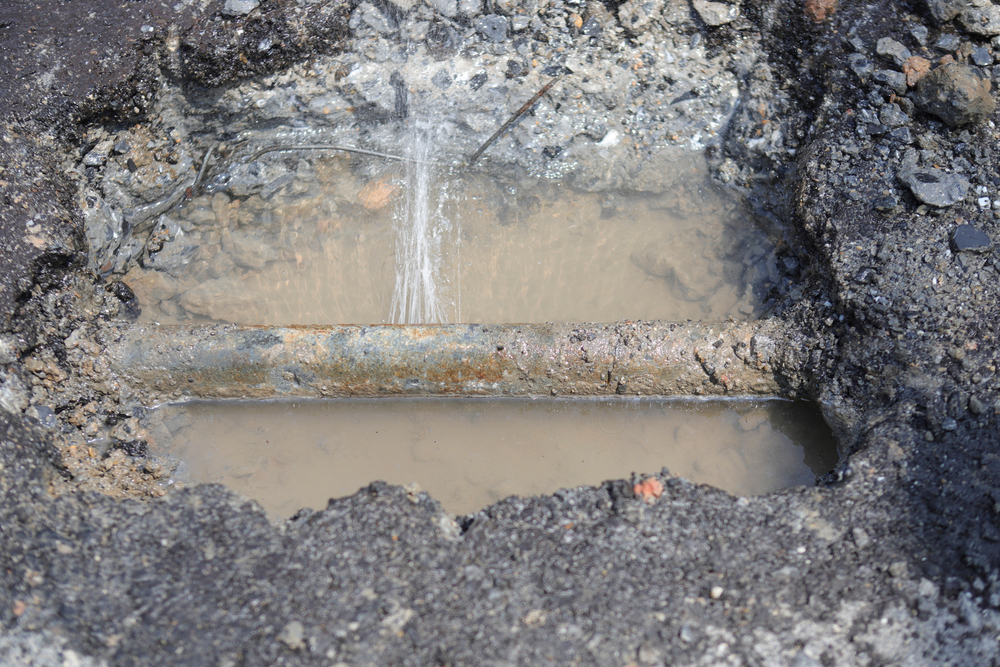Ambiguity in Insurance Policy Interpreted in Favor of Insured

When it comes to insurance policies, it is important to consider:
If the relevant policy language is susceptible to more than one reasonable interpretation, one providing coverage and the other limiting coverage, the insurance policy is considered ambiguous. Ambiguous policy provisions are interpreted in favor of the insured.
Security First Ins. Co. v. Vazquez, 47 Fla. L. Weekly D487b (Fla. 5th DCA 2022).
Vazquez exemplifies an ambiguous insurance provision interpreted in favor of the insured.
Here, the property insurance policy contained an endorsement with a $10,000 sublimit for, “Sudden and accidental direct physical loss to covered property by discharge of overflow of water or steam from within a plumbing…system…The limit of liability for all damage to covered property provided by this endorsement is $10,000 per loss.” Vazquez, supra.
The insured had water damage due to failed underground cast iron sanitary piping. There was no dispute that this was subject to the $10,000 sublimit. However, in order to remediate the piping, it was also undisputed that the insured had to incur $40,000 to tear-out and replace a portion of the concrete slab (also known as rip and tear costs).
The insurer argued that the tear-out and replacing of the slab was subject to the sublimit. The insured disagreed stating the tear-out costs would be subject to the main policy (not the endorsement) regarding water damage from a plumbing system: “[W]e cover loss caused by the water including the cost of tearing out and replacing any part of a building necessary to repair the system….”
Both the insured and insurer’s position made sense.
It was reasonable that the sublimit would include both water damage and tear-out and replacement costs. Vazquez, supra (“[I]t can be reasonably argued that ‘damage to covered property’ would include tear-out costs because the floor slab would clearly be damaged when it was torn out to gain access to the corroded pipes.”).
On the other hand, it was reasonable that the sublimit language did not include tear-out costs. The tearing out of a portion of the slab was not caused by water damage. The sublimit says it applies to “damage to covered property” and tear-out costs are not included in the definition of water damage. Moreover, under the mold endorsement and sublimit, it does specifically state that the endorsement applies to such tear-out and replacement costs. Thus, the insurer wanted the court to apply language included in another endorsement to the endorsement at-issue that mentions nothing about tear-out and replacement costs.
Because both interpretations were reasonable, the court interpreted the provision in favor of the insured: “Because the limit of liability provision in the LWD Endorsement can reasonably be interpreted in each party’s favor, and because the ambiguity was created by [the insurer], we affirm the final summary judgment entered below [in favor of the insured].” Vazquez, supra.
Please contact David Adelstein at dadelstein@gmail.com or (954) 361-4720 if you have questions or would like more information regarding this article. You can follow David Adelstein on Twitter @DavidAdelstein1.




